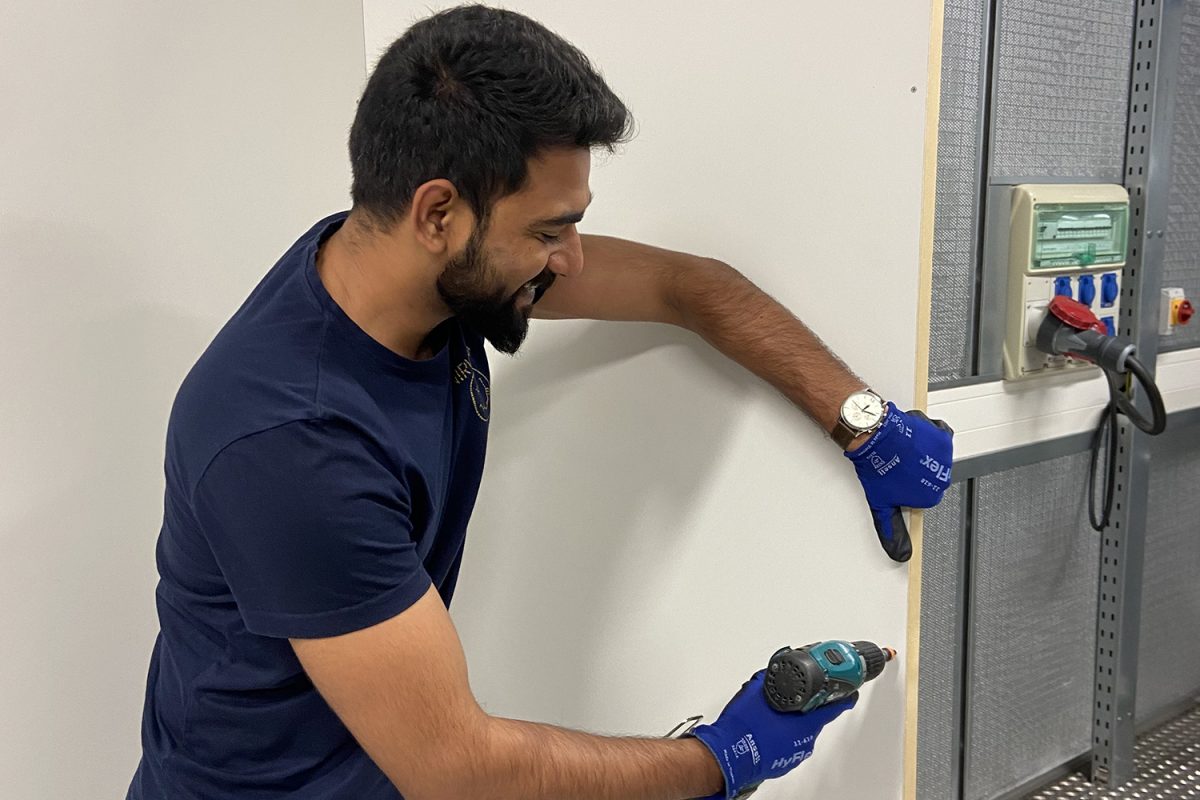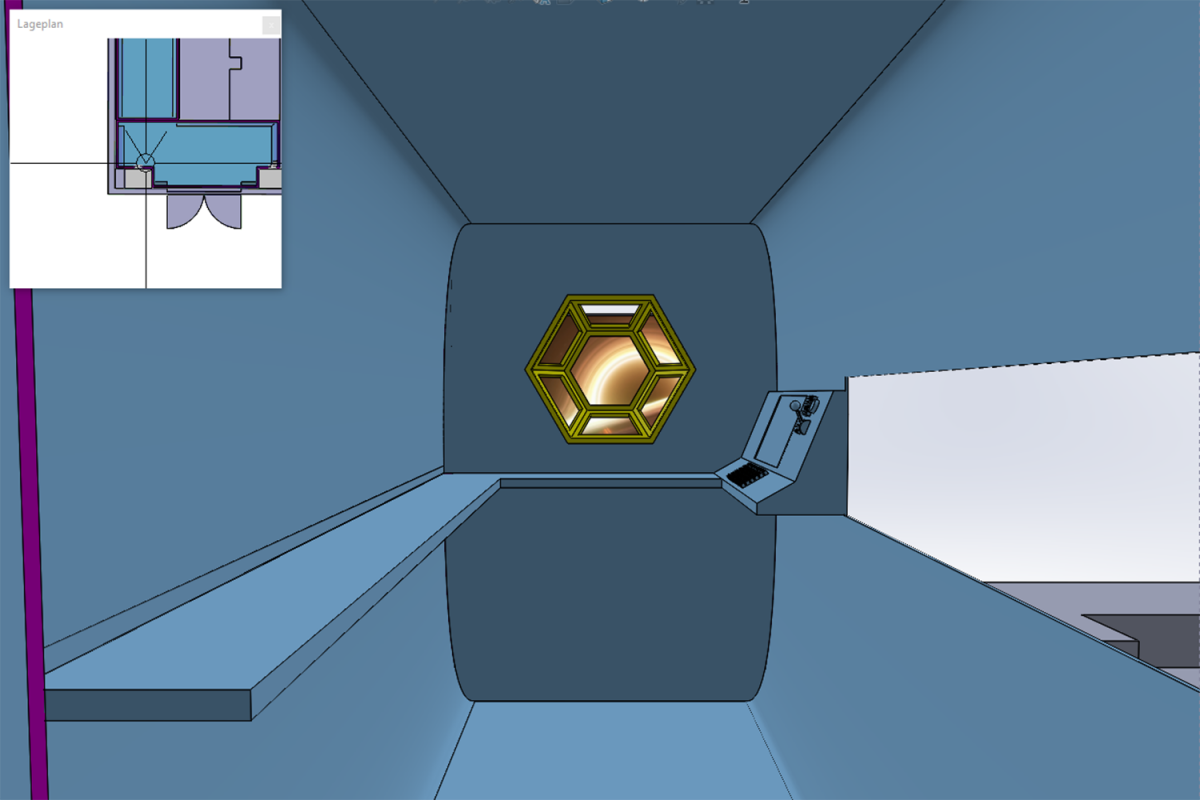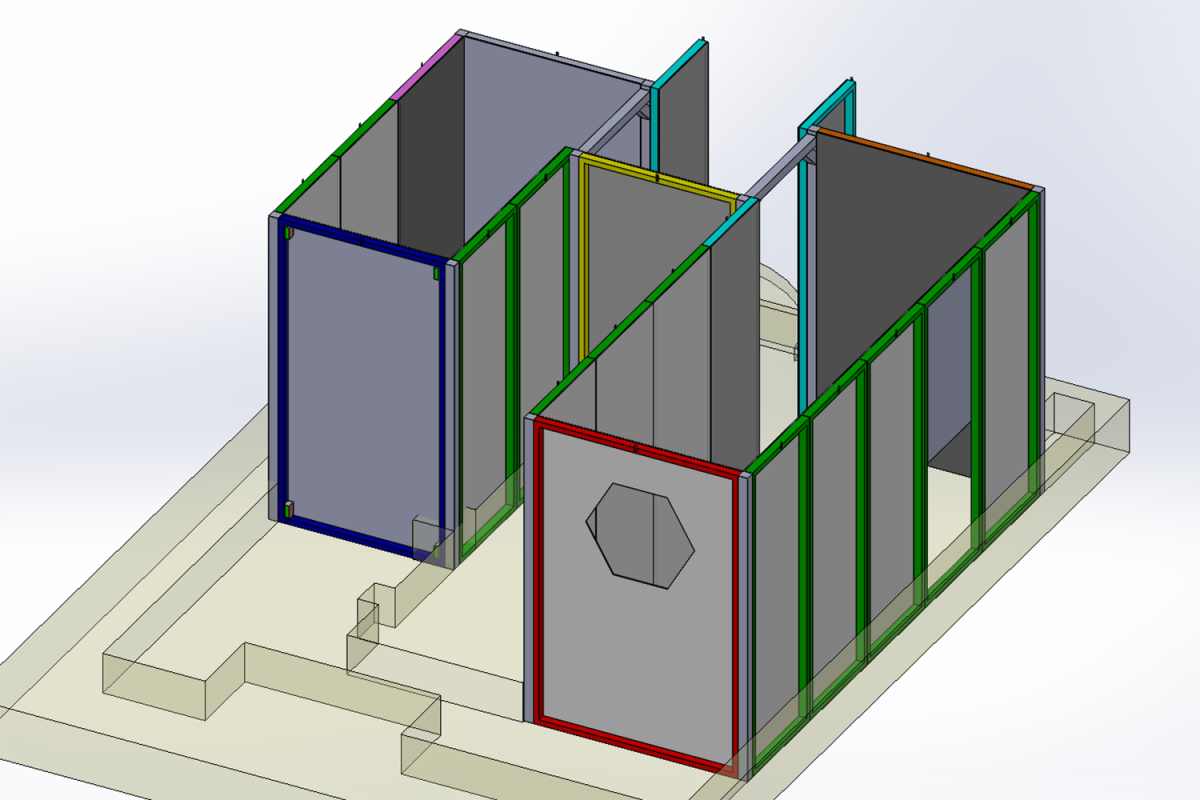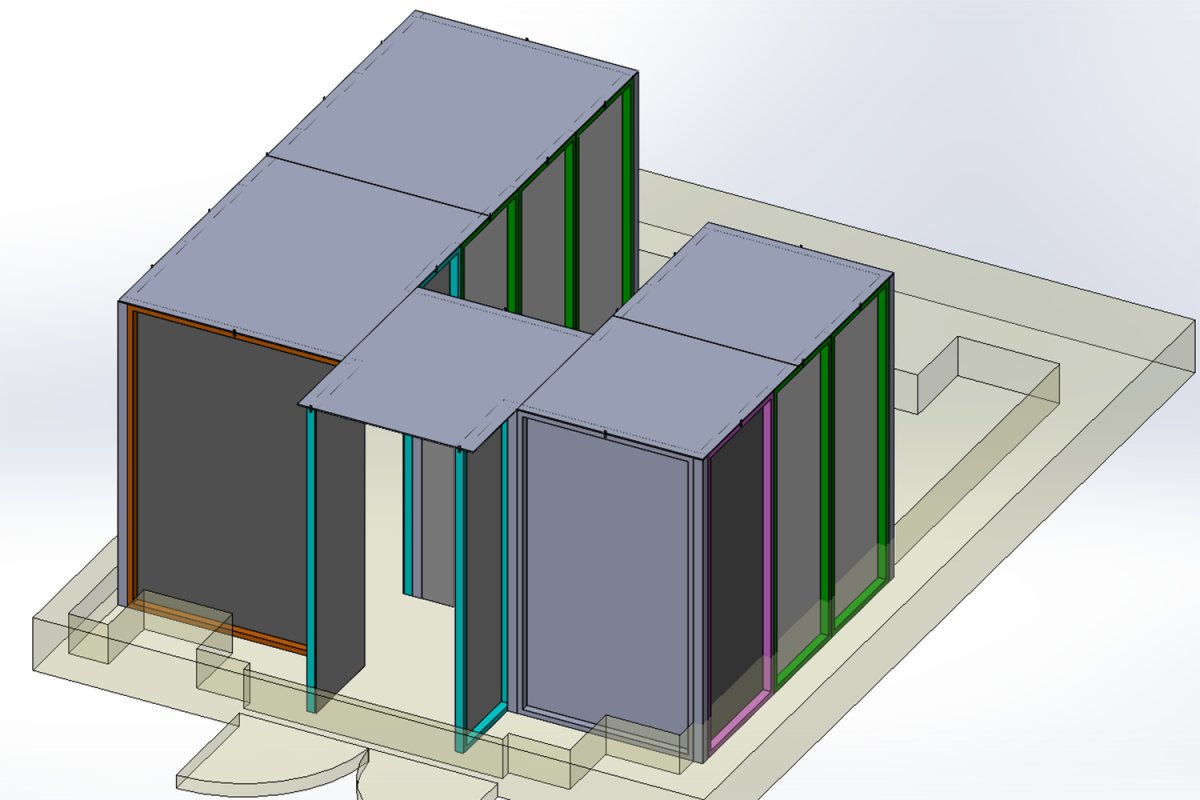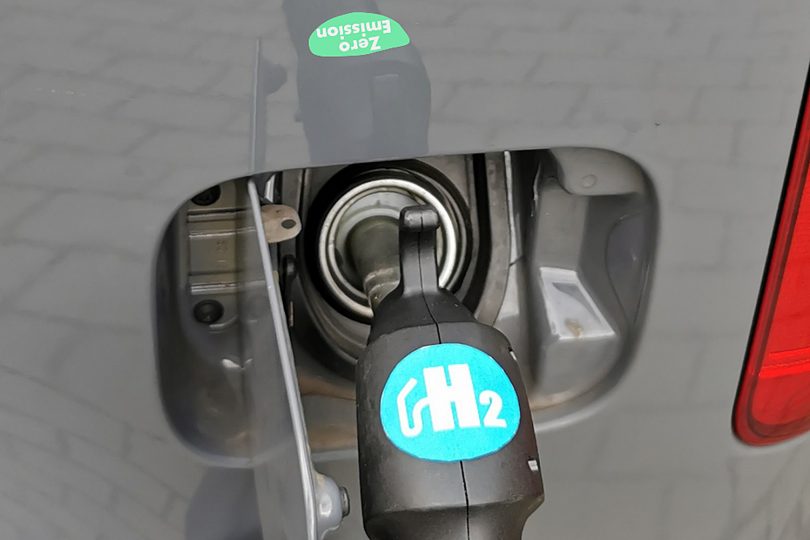How an escape room brings learning to life Gaining expertise in hydrogen by solving puzzles
A locked room, a ticking clock, a shared puzzle: escape rooms are all the rage. But the concept is much more than just recreational fun, and offers great potential for teaching – the Institute of Internal Combustion Engines and Fuel Cells (ivb) at Technische Universität Braunschweig is convinced of this. Here, Arne Graf von Schweinitz (research assistant) and Michael Heere (junior professor and course coordinator for “Battery and Hydrogen Technology”) are developing the “H2ER – Hydrogen Escape Room” together with students. The new course will be part of the new Bachelor’s programme “Battery and Hydrogen Technology”. In this interview, Mr von Schweinitz explains which skills will be taught and how he, a mechanical engineering graduate, became an expert in setting construction.
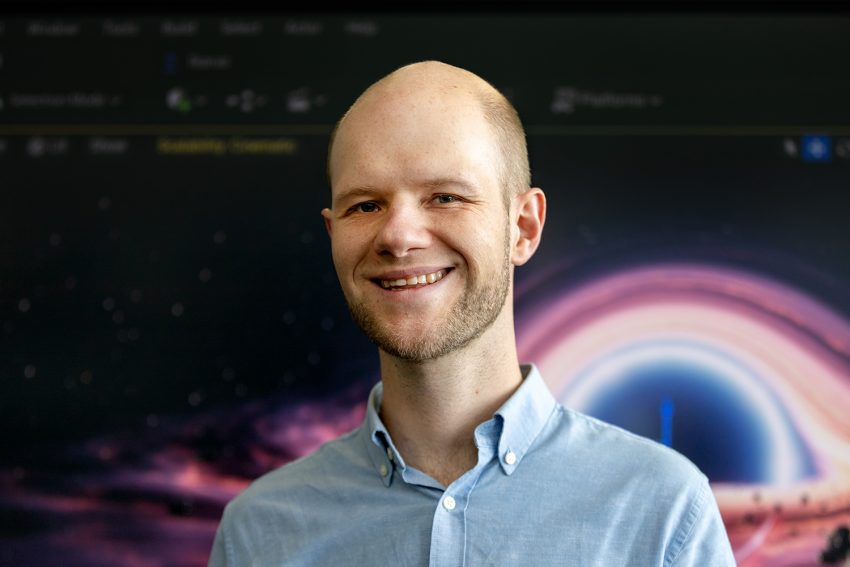
Arne Graf von Schweinitz and Junior Professor Michael Heere develop an escape room for the new degree programme “Battery and Hydrogen Technology”. Photo credits: Kristina Rottig/TU Braunschweig
Why did you decide to use the escape room as a teaching format despite the high level of effort involved?
In order to teach valuable skills in the best possible way, it makes sense to use innovative teaching formats. There are studies that support the use of escape rooms in schools and universities. They clearly show that the immersive experience created by escape rooms can promote certain skills better than conventional teaching. And not only on a technical and methodical level. It also trains spontaneous cooperation in a group under time pressure, dealing with unknown and unexpected events, creative thought processes, problem-solving skills, and so on. These experiences and skills cannot be taught in a “normal” classroom.
Who is the format aimed at and how should it be implemented in teaching?
The H2ER – Hydrogen Escape Room will be a compulsory course for all students of the new Bachelor’s programme in Battery and Hydrogen Technology and is planned for the fifth semester. It will be carried out in two phases. The first phase will be a kind of laboratory course linked to the lecture “Hydrogen Technologies”. Students will work in groups to perform experiments with the equipment, develop an understanding of the operation of the machines and learn how to characterise a fuel cell. The second phase is the Escape Room Experience. Here the students perform a transfer task by applying the previously acquired knowledge in a completely new situation.
What is the storyline of the escape room?
The students, in groups of three to four, are on a space station that orbits a black hole as a research station to replace the crew there. But as soon as they enter the space station, they realize that something is wrong. The on-board power supply, which runs on a fuel cell, has failed, and there is only dim emergency lighting. And if you look out of the window, you can see that the space station is slowly drifting towards the black hole, and that disaster will strike in the next few hours. To avert the disaster, the group has to identify the problem within three hours and use their acquired knowledge to restore the power supply and get two real fuel cells up and running.
How did you prepare the course?
We started with the first concepts a little over a year ago. By January of this year, the first pedagogical concept and the story of the escape room were fully developed. Since April, the technical details have been worked out, the spatial requirements clarified and the first prototypes for the necessary software created. At the moment, we are working on the installation of the escape room in a former engine test stand in the technical centre of the Automotive Research Centre Niedersachsen (NFF).
Have there been any challenges in the planning?
The biggest challenge so far has been building the scenery and designing the interior of the escape room. As we had little experience in this area, we had to spend a lot of time reading up on the subject in order to assess how we could design the interior in a cost-effective way and still create a tangible world.
Another aspect to consider is safety: working with fuel cells always involves certain safety risks, such as the risk of explosion or fire. It is important that students are always safe, even in a situation where they are under time pressure and may make mistakes. To ensure this, we work closely with the Occupational Safety Unit.
Are there any other innovative teaching formats planned?
In September, we launched a project that complements our analogue escape room: the Digital Escape Room, a virtual reality format that transfers aspects of our escape room into virtual reality. This means that smaller puzzles and aspects of the escape room can be loaded onto VR goggles and taken to other courses in a portable way. This should make it possible to integrate practical fuel cell experience into any teaching format.
We are also considering developing a simplified version of our “H2ER – Hydrogen Escape Room” for open days or other educational events. For this reason, we have designed our software and the whole concept to allow for future modifications.
Thank you very much!
The “H2ER – Hydrogen Escape Room” project was funded by the Niedersachsen Ministry of Science and Culture as part of the “Innovation plus” funding programme.

